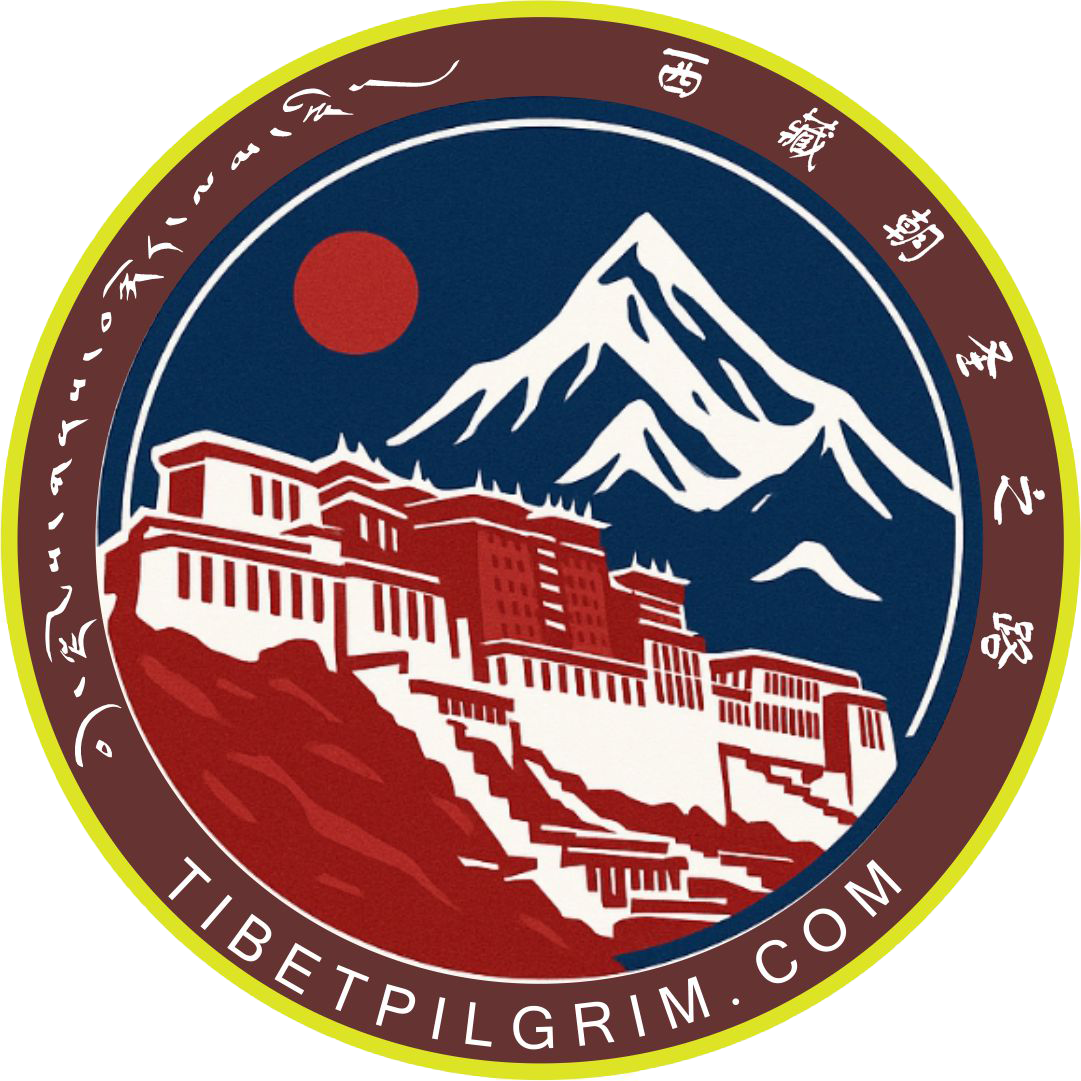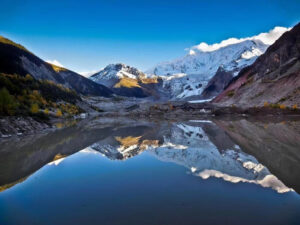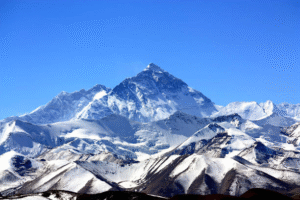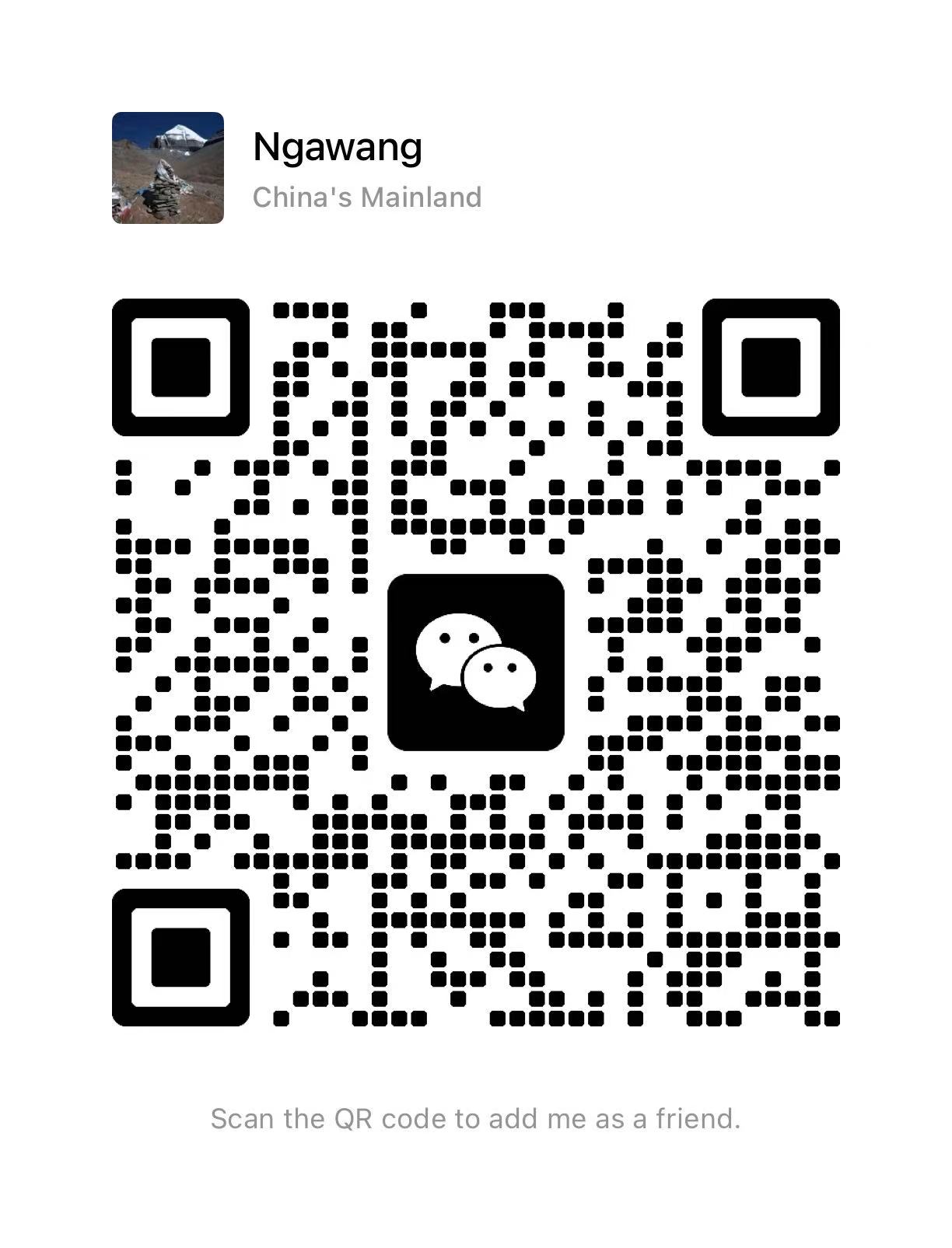Best Time to Visit Tibet
When Is the Best Time to Visit Tibet?
Many travelers planning a trip to Tibet often wonder when the best time to visit is. In fact, there’s no absolute answer to this question, as the “best” time really depends on individual preferences. The scenery in Tibet varies throughout the year, offering different natural and cultural experiences each season. So, the best time to go depends on what you’re looking for.
Here are three key aspects to consider when choosing the best time to travel to Tibet:
1. Seasons with Better Weather – Climate and Scenic Views
Tibet has the highest elevation in China. For comfortable weather, the best travel season is from May to October, especially June and September, when the temperatures are pleasant and oxygen levels are higher compared to winter—reducing the risk of altitude sickness.
July and August are also good months but tend to have more rainfall, particularly in areas like Nyingchi. Sometimes, it may rain in the afternoons. Fortunately, sunshine still breaks through almost every day. Tibet’s weather can be quite unpredictable.
That said, this is also the best time to explore Tibet’s mountainous regions. They are lush and green, especially during the summer, and begin turning golden in September. So, for nature lovers, summer is highly recommended.
2. Less Crowded Season – Fewer Tourists
Some people prefer to avoid the peak travel seasons. If you’d like a less crowded experience, try to avoid the summer holidays when tourism peaks.
However, if you enjoy meeting other travelers or are looking to join a group or share a ride, June to September is your best bet. The landscapes are stunning and it’s easier to find travel companions along the way.
3. More Budget-Friendly Season – Best Value for Money
Many people are willing to pay more to experience Tibet’s breathtaking landscapes, and indeed, June to September is the most beautiful but also the most expensive time to travel. During the peak season (especially July and August), prices can double compared to off-season rates.
Due to limited resources in Tibet, prices for hotels, transportation, and services can skyrocket and availability can be tight. (Since 2015, Tibet’s tourism infrastructure has improved, but booking in advance is still strongly recommended during high season.)
Traveling in winter is a great way to save money. Some attractions, like the Potala Palace, even offer free admission during the off-season. However, winter mornings and nights are cold and the air is dry. Be sure to dress warmly and stay protected from the cold.
The good news is that Lhasa still enjoys plenty of sunshine in winter, and daytime temperatures are quite comfortable. It’s no wonder Lhasa is called the “Sunlight City.” Are you ready to experience its sunshine?
After reading the above, have you found your own best time to visit Tibet?
Personally, I recommend going in late May to early June, when the prices are still reasonable and the landscapes are already stunning.
By the way, most of Tibet’s major tourist attractions typically thaw and become accessible starting in April.




